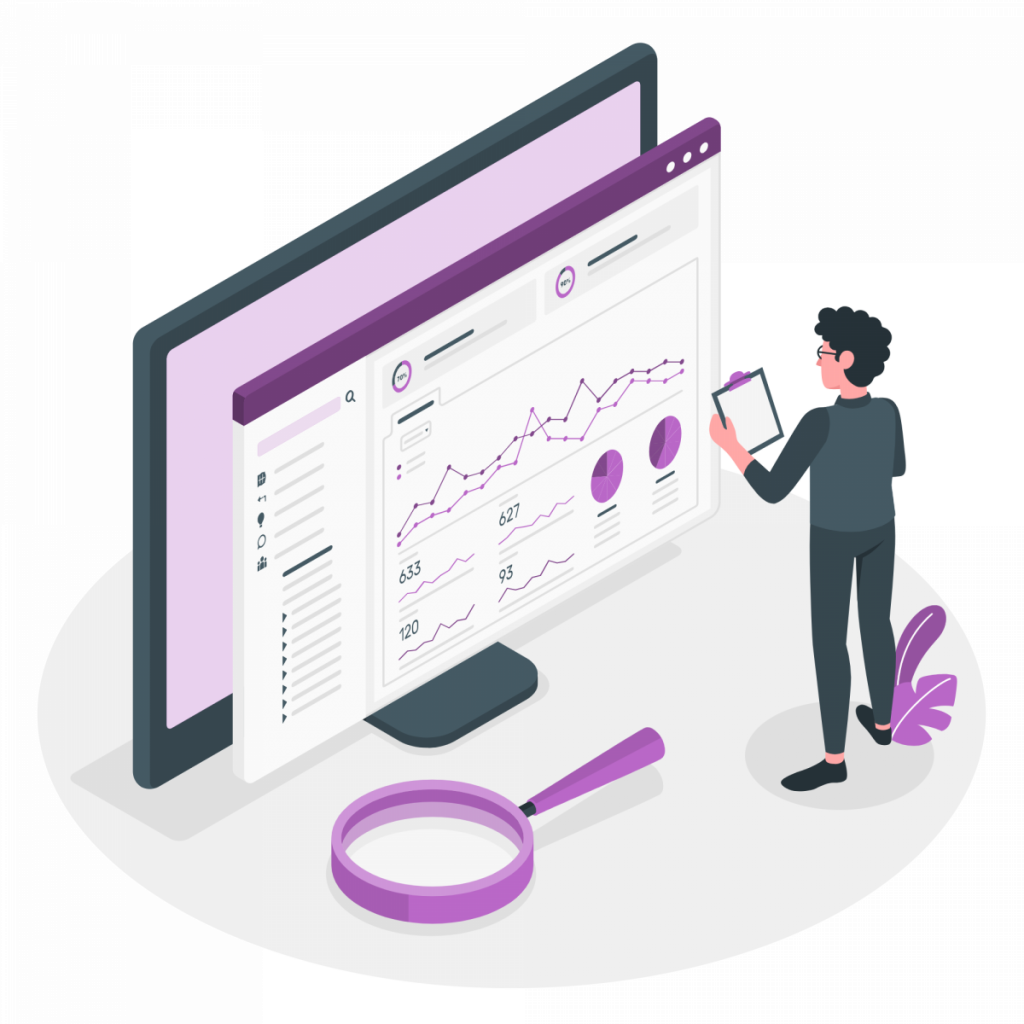In the ever-evolving landscape of enterprise operations, access to data has undergone a revolutionary shift—from a scarcity mentality to the era of data abundance. Central to this transformation is the pivotal role of Application Programming Interfaces (APIs), which have redefined how organizations access and leverage data. This article explores the Enterprise Data API, revealing the power of data on demand and its potential to drive agility, innovation, and strategic growth.

The Evolution of Data Accessibility in Enterprises
Gone are the days when data was scarce and hoarded. Today’s enterprises operate in a world of data abundance, with an overwhelming volume of information at their fingertips. This evolution has paved the way for new strategies, informed decisions, and enhanced insights.
APIs have been the driving force behind this data evolution. By serving as bridges between different software applications, APIs enable seamless data exchange and accessibility. They’ve transformed data from a locked vault to a fluid stream that fuels organizational growth.
The Enterprise API Evolution encapsulates this transformative journey. It’s a paradigm shift that revolves around data on demand—a concept where organizations can access, retrieve, and utilize data from various sources in real-time, empowering them with actionable insights.
Unleashing Data On Demand with an Enterprise Data API
Enterprise APIs dismantle data silos that hinder data accessibility. By connecting diverse systems, APIs enable data to flow seamlessly across departments, eliminating bottlenecks and fostering collaboration.
APIs serve as conduits for data retrieval, allowing organizations to fetch information from different sources effortlessly. This real-time data retrieval forms the cornerstone of data on demand, enabling quick and informed decision-making.
Enterprise APIs offer customizable data delivery. Organizations can specify the type, format, and structure of data they require, ensuring that the insights they receive are directly relevant to their unique needs.
As enterprises expand, so does the need for data. Enterprise APIs are designed for scalability, accommodating increasing data demands while maintaining the same level of efficiency and accessibility.
Empowering Enterprises Through API Evolution
Data on demand offers real-time insights, enabling organizations to adapt strategies swiftly in response to changing market conditions, emerging trends, or shifting customer preferences.
Informed risk management is paramount for success. Enterprise APIs provide up-to-date information that empowers organizations to mitigate risks effectively, whether in partnerships, investments, or business decisions.
Data-driven innovation becomes feasible with data on demand. Organizations can uncover new solutions, products, or services by analyzing real-time data and identifying unmet needs or opportunities.
Data on demand supports a culture of continuous improvement. Enterprises can use insights from APIs to refine processes, optimize operations, and enhance customer experiences, driving growth.
Check This Enterprise Data API: Klazify
Klazify is an API that can be used to improve enterprise search by accurately categorizing websites. This can help businesses to find the information they need more quickly and easily, which can lead to increased productivity and efficiency.

Klazify is easy to use. It only requires a few lines of code to get started. Klazify also provides comprehensive API documentation that makes it easy to learn how to use the API.
In addition to being easy to use, Klazify is also accurate. It uses a variety of factors to categorize websites, including the content of the website, the links on the website, and the social media activity around the website. This allows Klazify to provide accurate categorization for a wide range of websites, including news websites, social media platforms, e-commerce sites, and more.
Company Information API Endpoint
Klazify returns the website’s category information when you enter a URL. The API analyzes the company’s website and categorizes it into 385+ probable topic categories (the taxonomy for classification is based on the IAB V2 standard).
For example, here below, you can find a response to the URL (Xiaomi.com) endpoint Company API.
{
"domain": {
"domain_url": "http://xiaomi.com"
},
"success": true,
"objects": {
"company": {
"name": "Xiaomi",
"city": null,
"stateCode": null,
"countryCode": "CN",
"employeesRange": "10K-50K",
"revenue": 291490000000,
"raised": null,
"tags": [
"Consumer Electronics",
"Computer Hardware",
"Telecommunications",
"Networking",
"Internet",
"B2C",
"Mobile"
]
}
}
}
How To Start Using Klazify?
- First, go to www.klazify.com and subscribe.
- Then, every user gets a personal API access key, a unique combination of letters and digits provided to access the API endpoint.
- Finally, chose the endpoint that you need and press “Run”, and that’s it!
Want to learn more about this? Go check How Can An API Help You Easily Classify Website Content?

